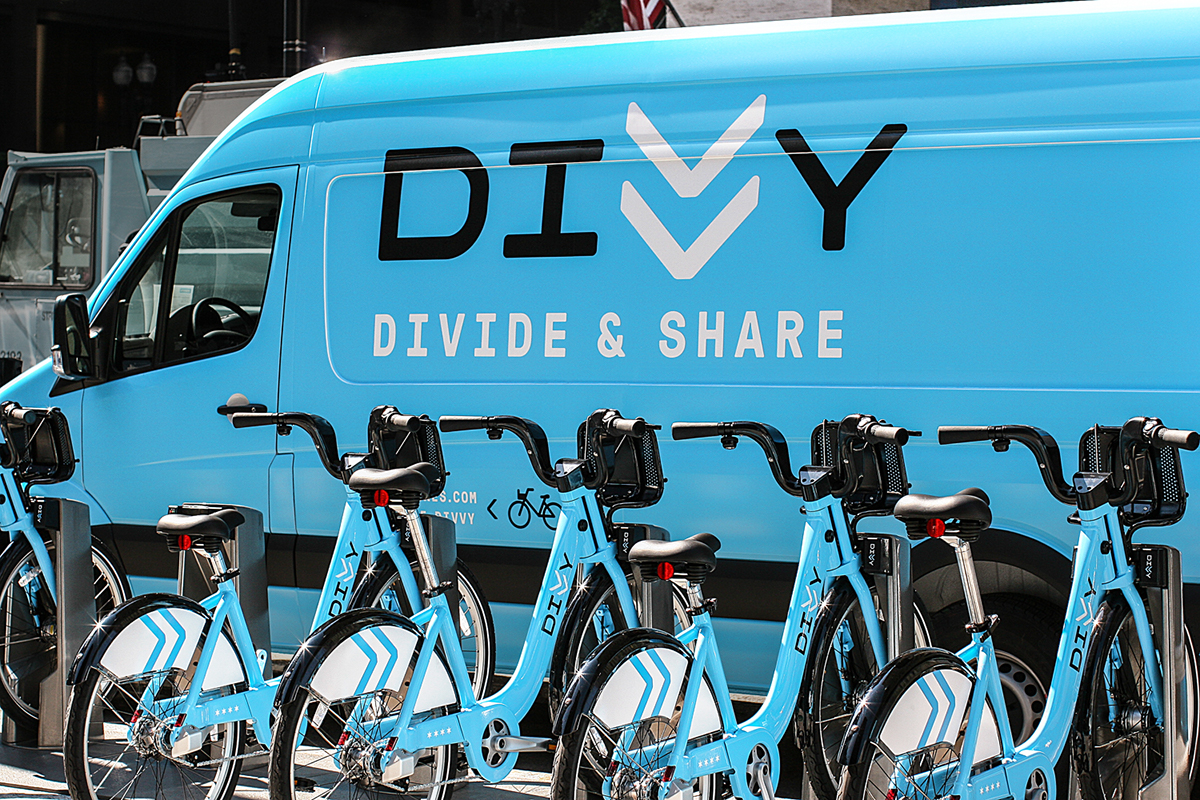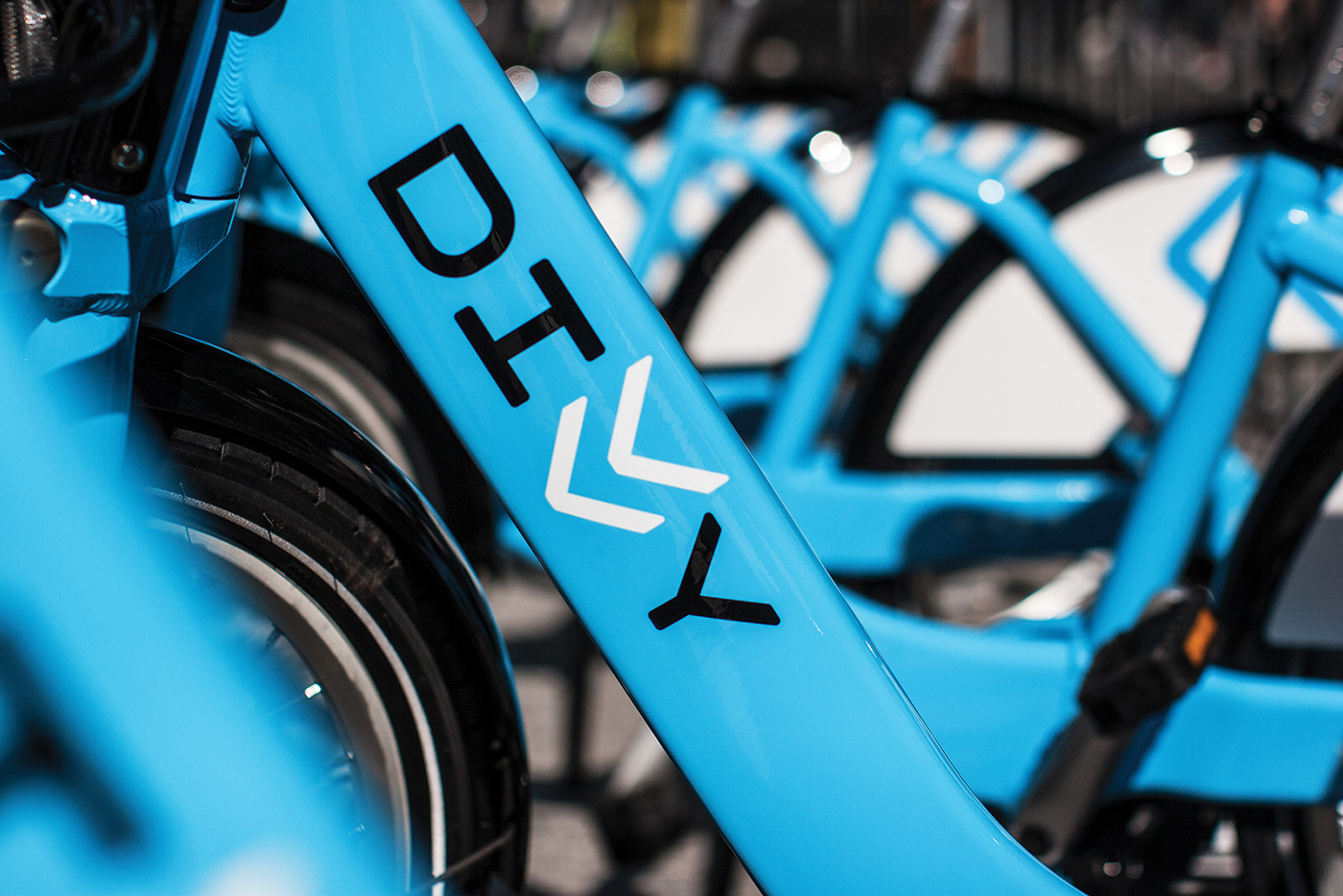
Chicago’s Department of Transportation started rolling out Divvy in the summer of 2013 during the equally bike-friendly Rahm Emanuel administration at a cost of nearly $28 million-mostly covered by federal funds. The bike-sharing program was the brainchild of Mayor Richard Daley, who took a fancy to Paris’s 14,000-bike strong Velib system on a trip to the French capital in 2007 and believed it could be duplicated here. Chicago’s big blue bikes may be ugly, but their beauty lies in their utility-even if it didn’t start out that way.

Just take Divvy, which is celebrating its fifth anniversary this month. Bike sharing no longer represents a fringe protest movement against car culture but an essential part of many cities’ transportation infrastructure.Īnd that’s excellent news, even if most bike-share programs don’t quite meet the utopian ideal Provo had in mind.

According to a report by the National Association of City Transportation Officials, Americans took 35 million bike-share trips in 2017, up 25 percent from the previous year. Now, 50 years after the Witte Fietsenplan, bike-sharing systems have set up shop in global cities including London, Paris, New York City, and Chicago. But the city council rejected the plan, saying that “the bicycle belongs to the past.” Instead of zipping around in cars, the public would have access to 10,000 government-funded white bikes that would remain unlocked at all times. A group member who’d been elected to Amsterdam’s city council pushed an ambitious ordinance that would have banned all motorized traffic in central Amsterdam save some electric-powered taxis. Two years later, Provo pitched a more serious plan. Provo painted 50 used bikes white, parked them unlocked in spots all over Amsterdam, and declared in a pamphlet that the fleet “symbolise simplicity and hygiene as opposed to the gaudiness and filth of the authoritarian car.” This improvised bike share didn’t last long, however-Dutch police quickly impounded the ghost-colored cycles. The 1965 scheme was sort of a guerrilla art installation. The group responded by proposing some avant-garde policy measures-one of them the so-called Witte Fietsenplan (“white bicycle plan”). The automobile dominated city streets, and Provo saw this as a massive problem leading to more congestion, pollution, and hyperconsumerism. In the mid-60s, a group of artsy Dutch anarchists called Provo wanted to rage against the machine. RELATED: READ ALL OF OUR BIKE WEEK COVERAGE But they’re more like the dad jeans of bicycles-which is ironic considering the incredibly cool origins of the community bike-share program. The powder-blue cruisers were designed to evoke Chicago’s starry flag. You can’t without snickering, can you? That’s because I, you, and every other human being on earth looks dorky in the clunky-ass saddle of one. Picture James Dean riding a Divvy bike instead of a motorcycle. Sommelier Series (paid sponsored content).


 0 kommentar(er)
0 kommentar(er)
